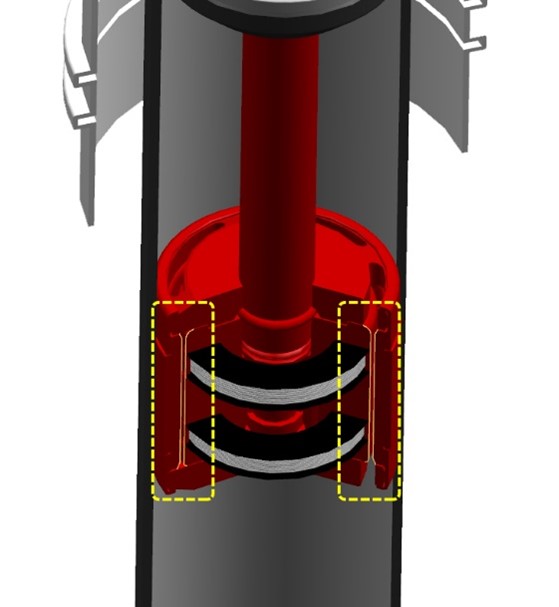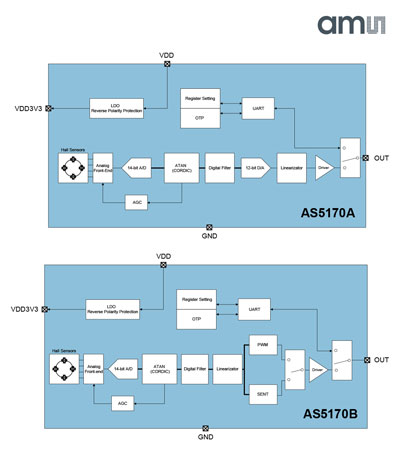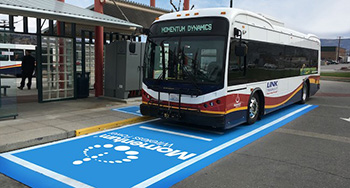
Cadillac is adopting the latest magnetorheological fluid technology into its new models to provide the fastest reacting suspension technology for achieving a smooth ride in automobiles. The Magneride 4.0 systems, supplied by BWI Group, represent a new generation in the company’s venerable product with a new magnetorheological fluid formula, improved flux control and other improvements coveted in high-performance vehicles and race cars.
Cadillac plans to make the new system available on its 2022 CT4-V Blackwing and CT5-V Blackwing models in addition to other models which it announced in October. The fourth generation of Magnetic Ride Control sharpens the driving performance of the vehicles with up to 45-percent faster damping response. The world’s fastest reacting suspension technology, it allows for greater responsiveness and enhanced isolation from road imperfections.
The changes represent the most comprehensive updates since Cadillac introduced the suspension technology nearly 20 years ago on the 2002 Cadillac Seville STS. They include all-new wheel accelerometers, improved magnetic flux control and an inertial measurement unit that increases sensitivity to body motion, enabling even quicker changes as the suspension reads the road.
“With MagneRide 4.0, the world’s fastest reacting suspension system is now even faster,” said Thomas Schinderle, Cadillac vehicle performance engineer, when the first two model integrations were announced in October 2020. “When paired with our sedans’ award-winning rear-wheel-drive architecture, the result is two of the most responsive sport sedans on the market, with reflexes that elevate the already high threshold of the V-Series legacy.”

Magnetic Ride Control is an active damping system that uses electromagnets paired with magnetorheological fluid within the shock absorbers to continually vary their damping rate. Wheel accelerometers read the road up to 1,000 times per second, triggering changes in the magnetic charge within the fluid that can alter the damping rates of the shocks almost instantly. By adjusting the damping rate, the car can better respond to varying road surfaces or sharp turns by maximizing tire contact on the road for greater driving precision.
Debuting on the 2020 CT5-V and CT4-V, and expanding to the 2021 CT5 Sport and all-new Escalade, nearly every aspect of the previous system was reevaluated for the development of MagneRide 4.0. This includes the sensors, controller hardware, dampers and vehicle tuning methods. Among the improvements are:
- New wheel hub accelerometers and an inertial measurement unit transmit and process changes in road conditions four times faster than the previous system, for more fluid and natural-feeling damping changes.
- New secondary temperature maps enable engineers to compensate for changes in damper fluid temperature, which contributes to more consistent performance, especially during performance driving.
- New magnetic flux control creates a more consistent and more accurate transition between rebound and compression in the dampers, improving the system’s ability to sense and control vehicle body movement.
- A significant reduction in damper friction produces a near “no damping” effect that enables engineers to tune for more pronounced differences between drive modes.
- A new magnetorheological fluid formula reduces friction within the damper that contributes to smoother overall damping.
BWI Group manufactures brake and suspension systems for the global transportation market, among them its exclusive MagneRide system. In 2019, it opened a new plant in Indiana, its first in the USA and second in North America, as previously reported in Magnetics Magazine. For more info, see www.gm.com, www.bwigroup.com and www.MagneticsMag.com (query BWI).



